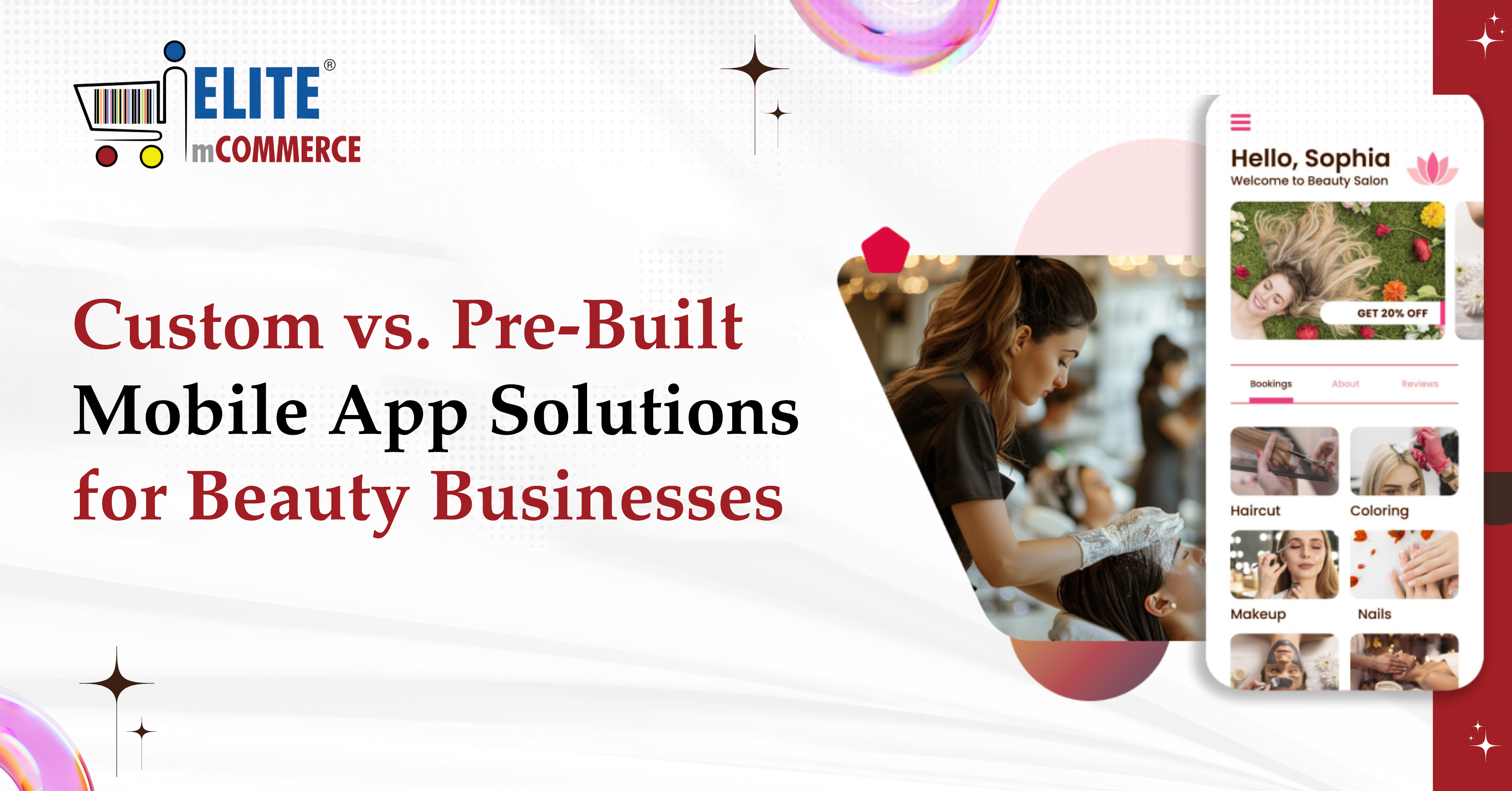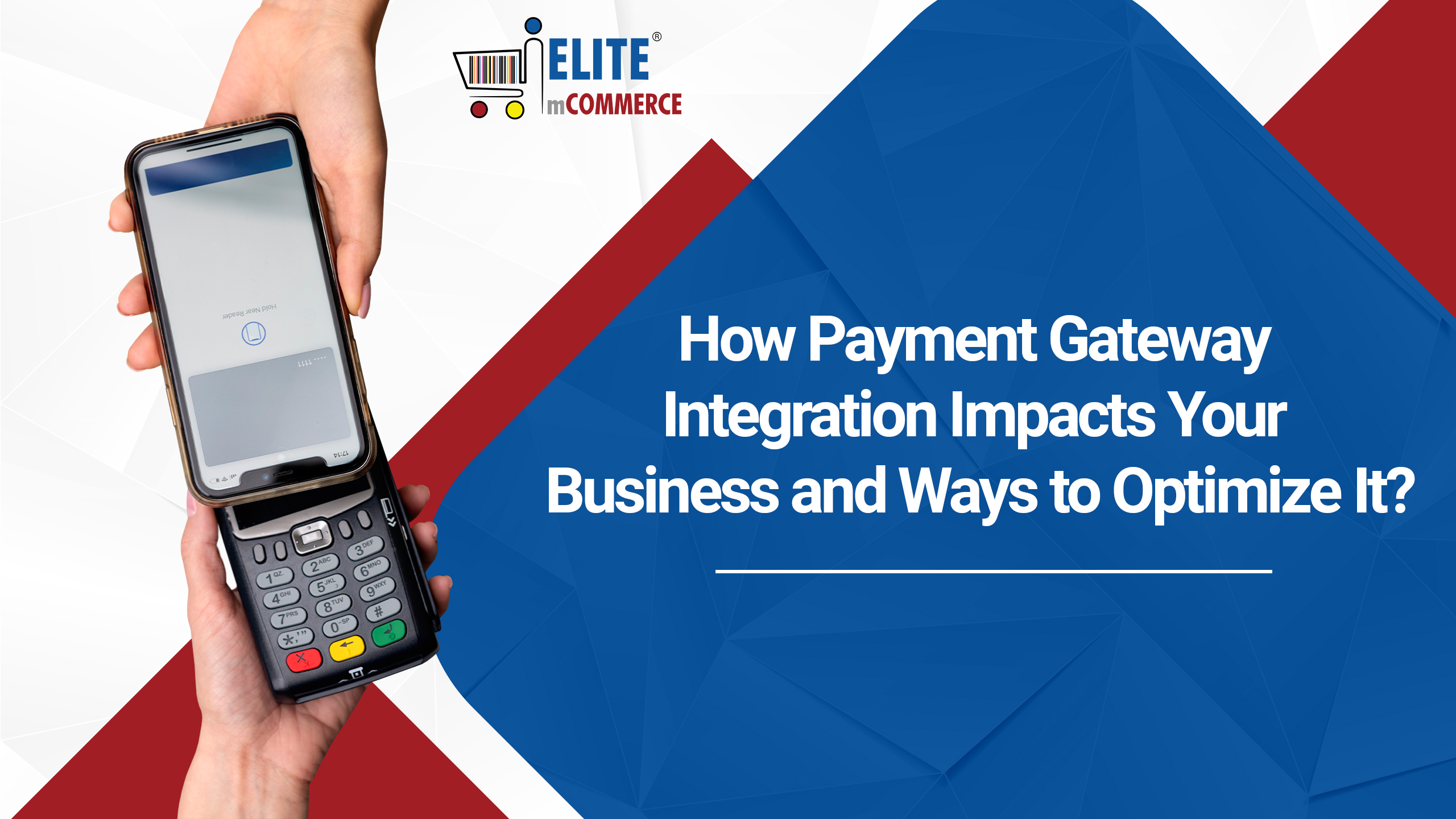Unlike other avenues of engagement in our digital space such as landing pages and social media outlets, m-commerce apps have a very direct and distinctive relationship between user engagement and profit. A user that doesn’t engage well with an app is much less likely to spend, share or even return at all.
One-time interactions or quick uninstalls of apps are all too common. Having the proper analytics and using various factors that have implication to your advantage is a proven and effective method of conquering this dilemma.
Active Users
To successfully market to and satisfy your user base you have to keep a good tally of who they are. A very useful factor that has implication for this task is the daily or monthly active user factor. This allows you to see the number of users you receive regularly both new and old to help better track popularity. With this, you can better customize and alter your m-commerce applications framework to appease users. Likewise, understanding active user demographics can also help focus your targeted marketing campaigns.
Read Also: How To Engage More Customers Through Mobile Commerce App Platforms
Session Length
Looking into the amount of time a user tends to spend with your m-commerce app is another doorway into improving your design and layout as well as functionality. A poorly designed app makes product pictures and descriptions difficult to view for instance will result in a negative shopping experience and very short session length. Also with this factor that has implication you can determine whether or not an adjustment to your app went over well by users based on an increase or decrease in session time.
Session Interval
The session interval, or time between sessions, is similarly important. It can help you gain greater insights into recent adjustments or updates as well as to why some users frequently open your app and others do not. Again, as one-time interactions with downloaded apps are quite common, measuring session length is a useful point of investigation into user engagement.
Time in App
The difference between this factor that has implication and the previous two is that although it provides similar information on your user’s experience it also gives more specific information as to their time spent with the app. With ‘Time in App’ you can review minutes, hours and even the time of day. This can also explain other components to usage data such as high-frequency times and low-frequency times.
User Actions Per Session
Charting which user actions are carried out in each session allows you to better tailor your app and its features. Knowing which specific feature you are offering that everyone loves or just exactly what brings people to your app can improve your marketing campaigns and overall chances of success. It can also indicate if functionality in one area is better than in another.
Stickiness
The term sticky is often used to describe apps that are all around successful and useful. This is because stickiness is a factor that looks at a user’s level of engagement as well as their retention. So if your app is doing very well in this area you will have regular loyal users that continue to come to you several months down the road.
Retention
As previously mentioned, retention is a key component to stickiness and common feature of the most popular apps. It defines the loyalty of customers by seeing what percentage come back within a span of time (usually three months) as opposed to those who never return. Gaining loyalty with any product is ideal and more profitable in the long run.
Acquisitions
When studying acquisitions you can gain useful knowledge regarding the starting point of your users. With this factor that has implication you can answer questions such as, ‘How did they find me?’ This can also improve your marketing efforts by showing which avenues generate the most downloads. This factor is most useful when figuring out how much to budget for paid referrals and what ad campaigns are worth investing.
Screen Flow
Screen flow is a very detailed and useful factor that has implication and allows you to walk in the shoes of your user. You can clearly see the decisions they made while using your app, what screens they progressed to, where they abandoned etc. This is an invaluable tool that can be used when considering an app redesign or fixing problem areas.
Goal conversion
The goal conversion rate for mobile commerce apps is a simple percentage based on sales/visits. For instance, if you have 3 sales out of 100 visits then you have a 3% conversion rate. This of course, is a driving factor for businesses as it can help to improve conversion rates and likewise sales. It can also explain why a purchase or conversion rate is low.
Churn
The lost customer or abandoned user issue is a major concern in the m-commerce world. This is why churn is very important for small or new businesses. Churn is when users drop-out, cancel or decide to uninstall your app. This factor that has implication is very important and allows you to figure out what percentage of people are “churning”. This is done simply by subtracting the number one from your retention rate.
Lifetime Value
The lifetime value factor that has implication or LTV is a dollar and cents factor that breaks down how much each user is actually worth over time. With this measurement, you can clearly see whether you are spending more on advertising to a particular user than they are actually worth.
App Star Rating
Finally, one of the most vital factors in a user determining whether or not to even download your m-commerce app initially is the app’s star rating. Five little stars, whether filled or sketchy can be a major deciding factor for potential users. Keeping the rating high may become a chore at some point, but as any successful app owner will tell you, the app star rating is well worth the investment.









Add comment